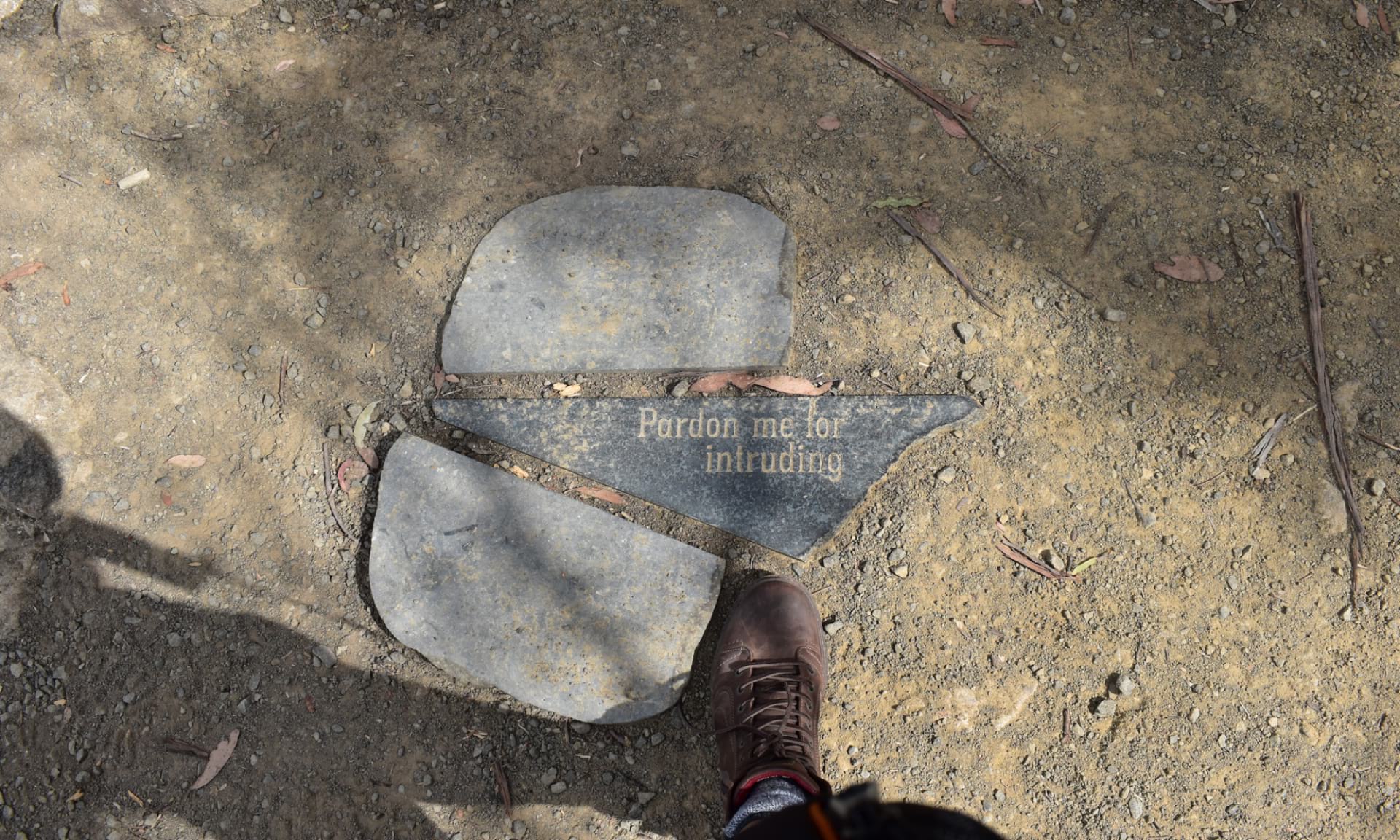- Correlation seismology and application to the structure of the deep Earth.
- Characterization of anisotropy in the Earth’s inner core
- Global seismic imaging of upper mantle discontinuities and geodynamical implications
Anisotropy in the Earth’s inner core using coda-correlation wavefield:
85 years ago, Inge Lehmann discovered seismologically that the Earth has an inner core (IC). Today we know that the IC is a solid sphere mainly composed of iron-nickel alloy. The IC comprises roughly 0.7% of the volume of the Earth, and its surface is more than 5000 km beneath our feet, making investigations of its physical and chemical properties extremely challenging. The most powerful way to map its interior is using seismological tools – energy from earthquakes that travels through its structure. However, due to the lack of seismic data sensitive to the IC, many of its properties are unknown or not fully constrained. One of these properties is its seismic anisotropy – the directional dependence of sound wave velocity. Perhaps you wonder, why should we care about IC anisotropy? The answer is simple. Improved constraints on anisotropy in the IC may help us to understand the crystallographic structure of iron stable at the IC’s temperatures and pressure conditions, and give us insights into the evolutionary history of Earth’s core and magnetic field harboured in the liquid outer core.
During my Ph.D., we have devised a new powerful way to probe the IC seismic properties. Our method relies on waveform similarities of tiny signals that sample the centre of the IC multiple times but are too small to be observed in the direct seismic wavefield. Our new dataset leads to an unprecedented data coverage of the deepest parts of IC, and our observations indicate compelling evidence for the existence of an innermost inner core (IMIC) structure with distinct anisotropic properties from its outer regions. These seismological observations could possibly signify a dynamic event from the early stage of IC formation.
FREE ACCESS our paper clicking here !
Joint inversion of receiver functions and surface-wave dispersion using a bayesian framework:
Before my PhD, I came to Australia to visit RSES and do a research internship. During those months, I’ve had a valuable opportunity to explore Bayesian inversion of receiver functions and surface wave dispersion data from teleseismic earthquakes and provide constraints on the crustal depth beneath the Borborema Province (BP), northern region of Brazil. That was my first experience working with seismology, and undoubtedly, I faced a steep learning curve as I had to familiarise myself with many new concepts, in particular coding. During my studies, I used a new probabilistic framework to perform a highly efficient joint inversion of receiver functions and surface wave dispersion data to investigate the shear-wave velocity models beneath the receivers. To know more, you can download the full PDF of our extended abstract >>>>> here.
